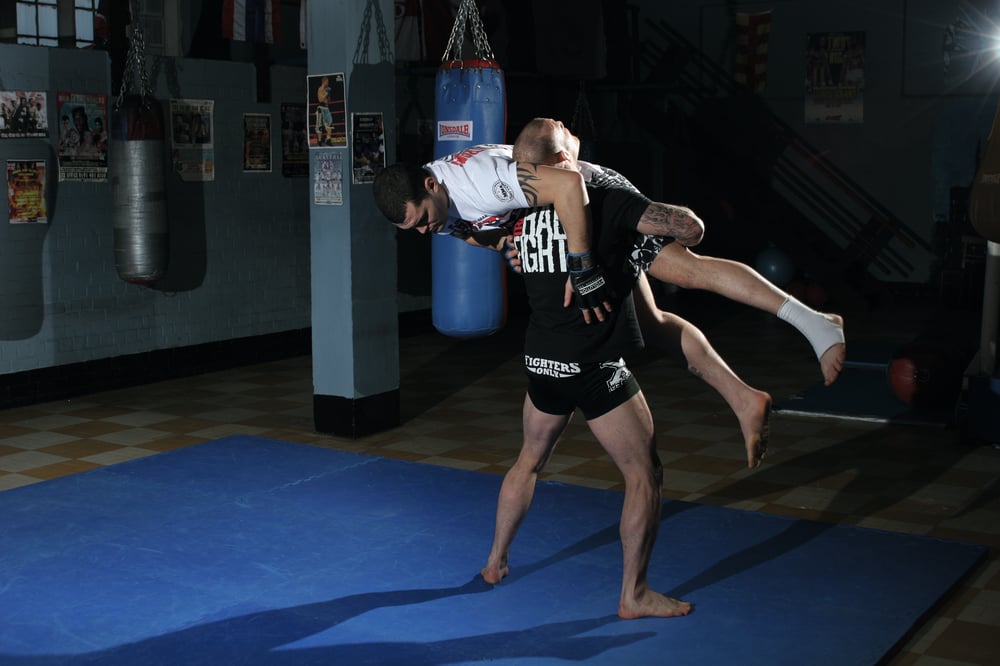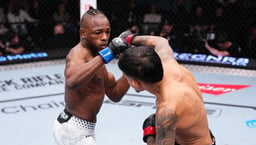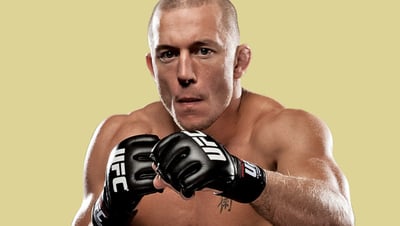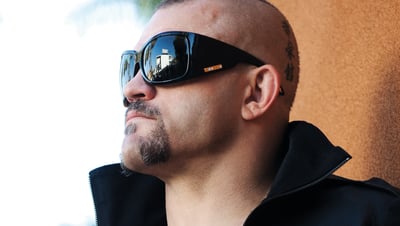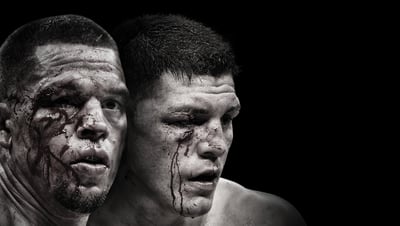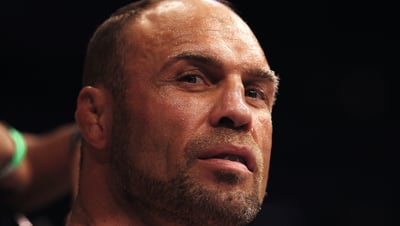
Issue 215
March 2025
Ray Klerck discovers that slamming your opponent to the canvas can be done 20% faster when your mind pulls the trigger with the right kind of motivation.
Fight IQ. It’s a cliche living rent-free in every commentary box. But what about motivation IQ? Getting that cholesterol inside your skull in the game doesn’t just keep you in the fight. Rather surprisingly, it makes your takedowns faster, too. A new pilot study at Santa Catarina State University, Brazil, suggests motivation isn’t just some airy feel-good, pre-fight ritual. It is a card-carrying performance enhancer. The research, conducted on 22 seasoned MMA athletes, found that crazily simple psychological interventions, such as watching a motivational video and receiving verbal encouragement from coaches, made fighters execute double-leg takedowns significantly faster. That’s right. A well-timed “you got this, bro” might be the difference between securing the coveted top position or getting fed a hammer fist sandwich from the bottom. And before you chalk this up to the placebo effect, the difference was statistically significant. Specifically, 20% faster if you want to flex your fight IQ. That might be enough to make fighters rethink their approach to pre-fight preparation. While this was only a pilot study, the findings point to a broader truth that MMA is more mind than muscle. In a sport where milliseconds determine who lands on top, motivation might be the most underappreciated weapon for buying faster reaction times.
A NEUROLOGICAL LEVELLING
Even someone wearing a white belt in psychology knows that hype fuels speed. But how and why do these two cogs work in unison? The answer lies in dopamine, your brain’s natural reward chemical. A paper in the journal Neuron shows that motivation-driven behaviors increase dopamine release in the basal ganglia, a region responsible for movement initiation and execution. That means when you’re amped up, your nervous system fires signals to your muscles faster. The net result? A quicker reaction time, smoother transitions, and more explosive movements. So, all the attributes that make a highlight reel takedown. This isn't just some new-age fight guru nonsense. Instead, research in Frontiers in Psychology suggests motivational strategies improve attentional focus and decision-making speed. Some papers even believe the right motivation can improve pain tolerance. Couple these factors together, and you could turn a sluggish, telegraphed double-leg attempt into a Chimaev-like level change that slams an opponent on their back. Fighters who genuinely appreciate this aren’t just strengthening their muscles with pull-ups, deadlifts, and squats. Instead, they’re fine-tuning their thought patterns to operate their muscles more efficiently when they’re beneath the glow of the Octagon lighting.
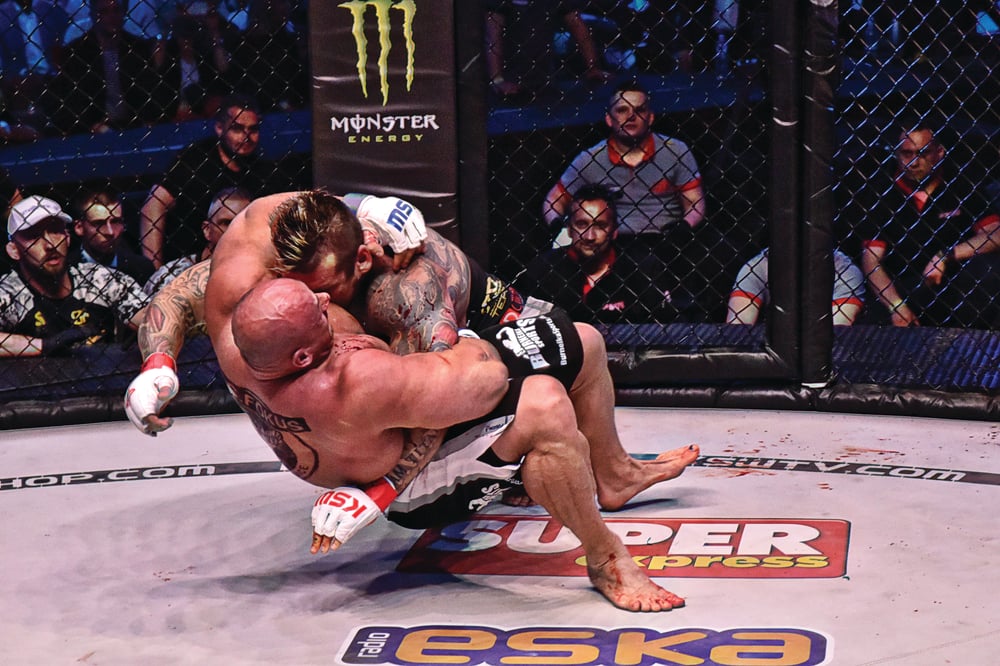
TAKEDOWN TIMING
If you know wrestling, you appreciate takedowns are won in inches and lost in seconds. The greats like Khabib Nurmagomedov and Islam Makhachev have takedown technique and timing so precise it could defuse a bomb. But here’s the ticker – skill by itself isn’t enough. If your brain is buffering mid-shot, you’ll probably get flattened out like a welcome mat. Where does motivation come into this equation? Well, when a fighter is dialed in mentally, they commit to the shot with complete confidence. Hesitation is the death knell to takedowns. To illustrate this, a study in the Journal of Sport and Exercise Psychology examined how confidence and goal-setting affected wrestlers' performance. They found wrestlers who believed in themselves performed better overall. But here’s the spicy bit - when matches hit overtime, self-belief wasn’t just helpful. It was the only thing that mattered. More than skill. More than experience. More than that extra hard round you did on the assault bike. And MMA fighters in the first study? Same deal. Those who got a dose of motivational medicine executed their takedowns faster than those left to their own mental devices. Now, picture two fighters of equal skill. One is second-guessing their entries, double clutching with hesitancy before they commit to the shot. The other is mentally locked in, fully believing that the moment they change levels, they’re taking their opponent for a ride. Who wins? The guy who moves first and moves decisively.
MORE THAN JUST PEP TALKS
While the study focused on motivational videos and verbal encouragement, sports psychology has a treasure trove of techniques to boost motivation that can be translated into takedown speed.
1. Fight the Fight Before It Happens
Elite take-down artists arrive preloaded with muscle memory courtesy of their imagination. Plenty of studies back this up, proving that mental reps sharpen reaction time and make movements smoother, like a PlayStation combo you’ve drilled until it’s second nature. Fighters who visualize their setups - takedowns, transitions, chain wrestling - are hacking their nervous system without frying a single calorie. It’s like shadowboxing with your brain, except your neurons are doing deadlifts while you sit there looking like you’re staring into the void.
2. Embrace The Power of Self Talk
Fighters who talk to themselves like winners, fight like winners. A Journal of Sport and Exercise Psychology review of 47 studies on the topic found self-talk - whether it’s a confidence boost (I own this takedown) or an instructional cue (Change the level) - significantly improves performance. The takeaway? Your inner monologue isn’t just background noise. It’s a performance-enhancing weapon. So eviscerate the self-doubt and start hyping yourself up like you have an inner Don King in your ear.
3. Coach Your Coach
Effective coaching shouldn’t just be about barking orders. It shapes how fighters think, feel, and perform. A Journal of Human Kinetics study examined 289 wrestlers to see how different coaching styles impact motivation and self-belief. It turns out that when coaches teach and support their athletes, it boosts their confidence and motivation. No surprises there. But here’s the kicker: too much rah-rah social support weirdly led to more amotivation - aka, the ‘meh, why bother?’ effect. Meanwhile, authoritarian, drill-sergeant coaching actually hurt a wrestler’s overall confidence. The takeaway? Good coaching is a tightrope act. It’s best to teach, push, and support to generate motivation. Never smother or dictate. Otherwise, you might just turn a hungry takedown artist into a hesitant one.
CAN MOTIVATION BE TRAINED LIKE A MUSCLE?
Motivation isn’t some fluffy concept or fleeting feeling reserved for Instagram captions and locker-room speeches. It’s a skill that needs to be nourished because it bleeds into every aspect of performance, takedowns especially. Simple motivational interventions can immediately impact outcomes, but imagine if these strategies were integrated into daily training. When it comes to getting an opponent to the canvas, it’s a legitimate performance-enhancing tool backed by science. If a simple motivational video and a few well-timed words of encouragement can speed up a takedown, you can only imagine what regular mental training will do for fighters. So, don't just train your body the next time you enter the gym. Train your mind. Use visualization. Talk to yourself like a winner. The fighters who master motivation aren’t just mentally strong. They’re faster, sharper, and one step ahead when it really counts.
...


